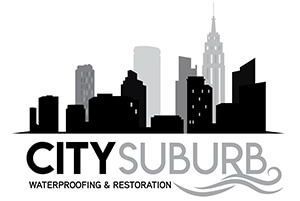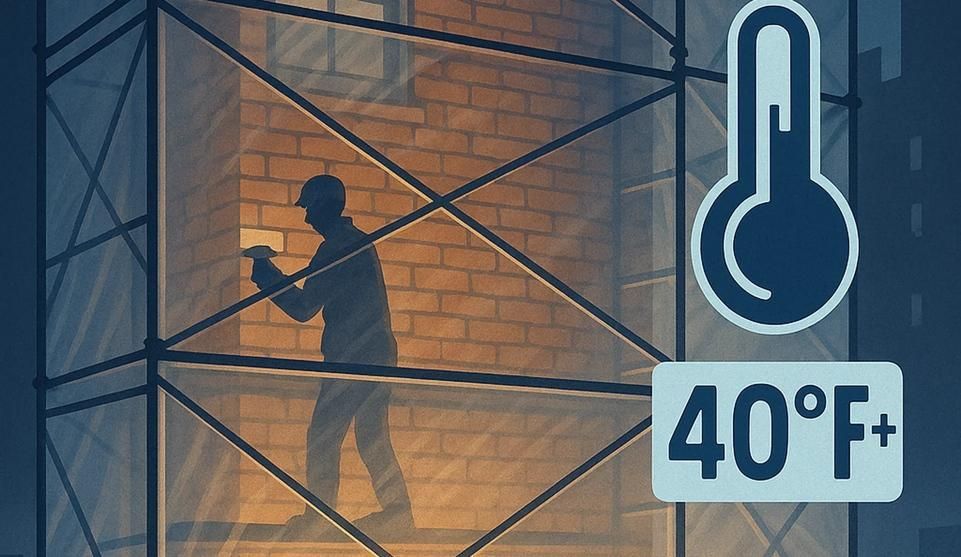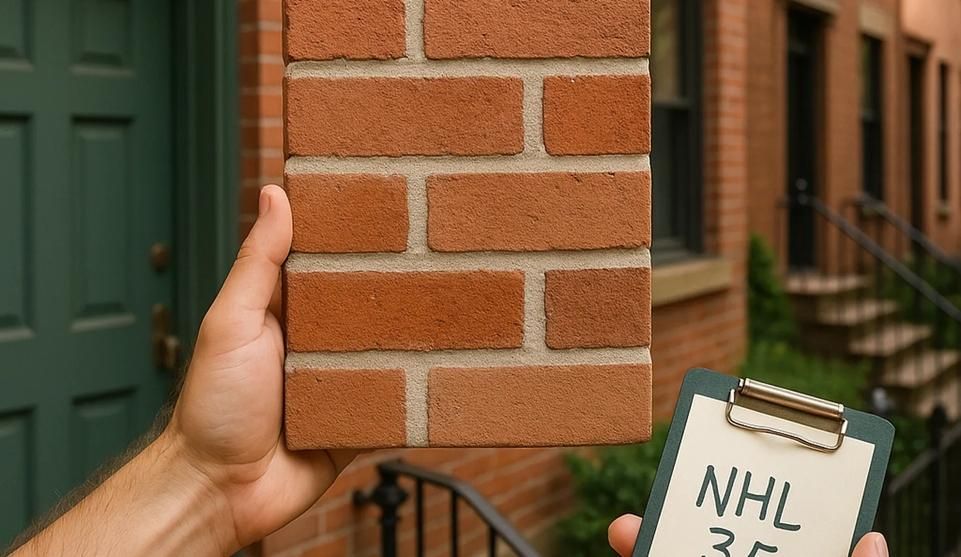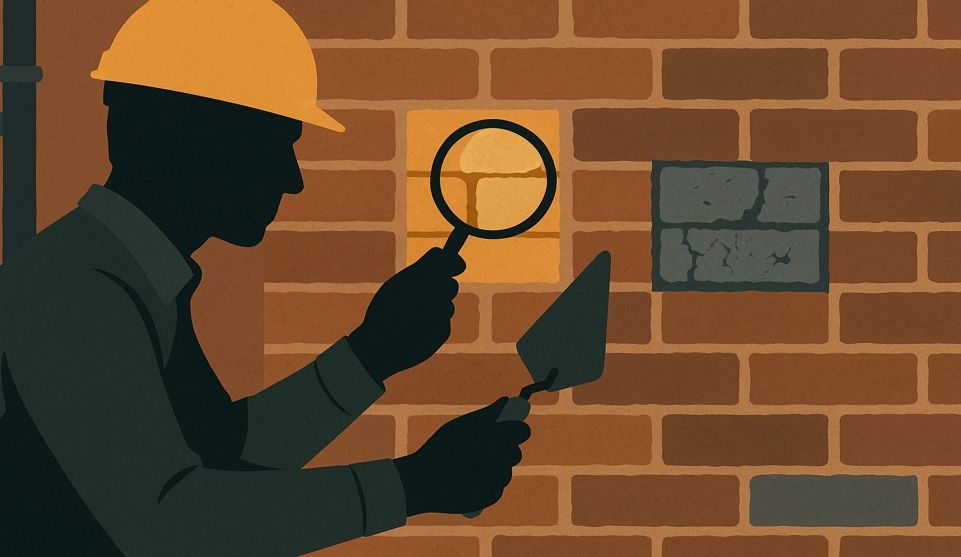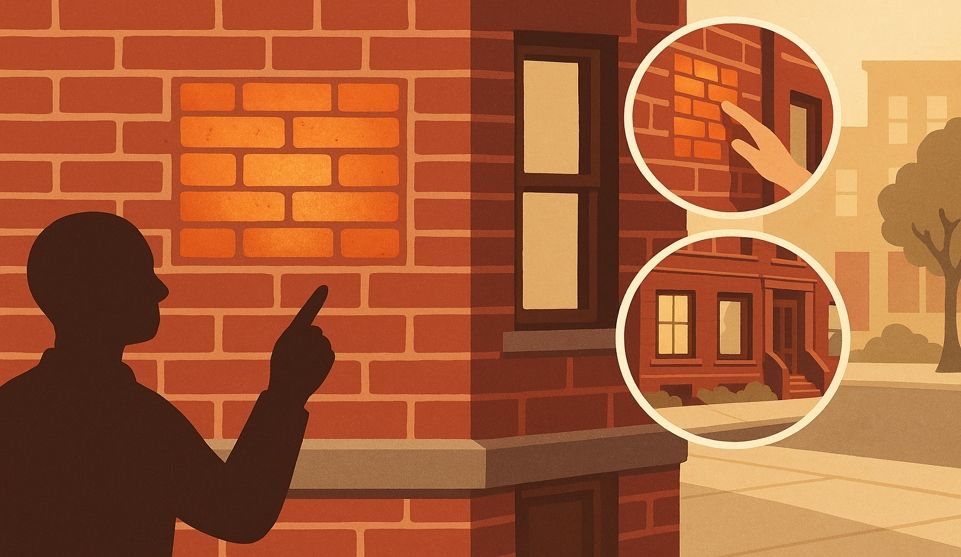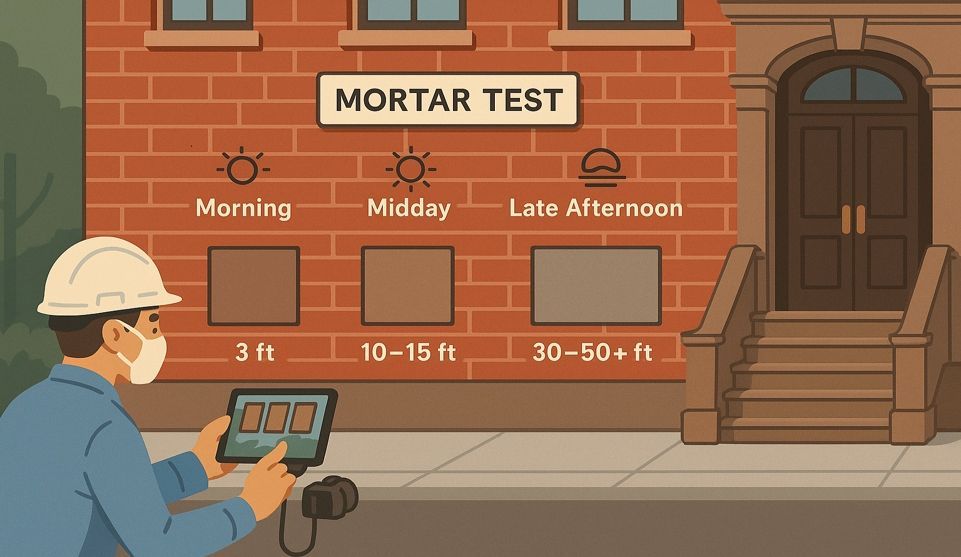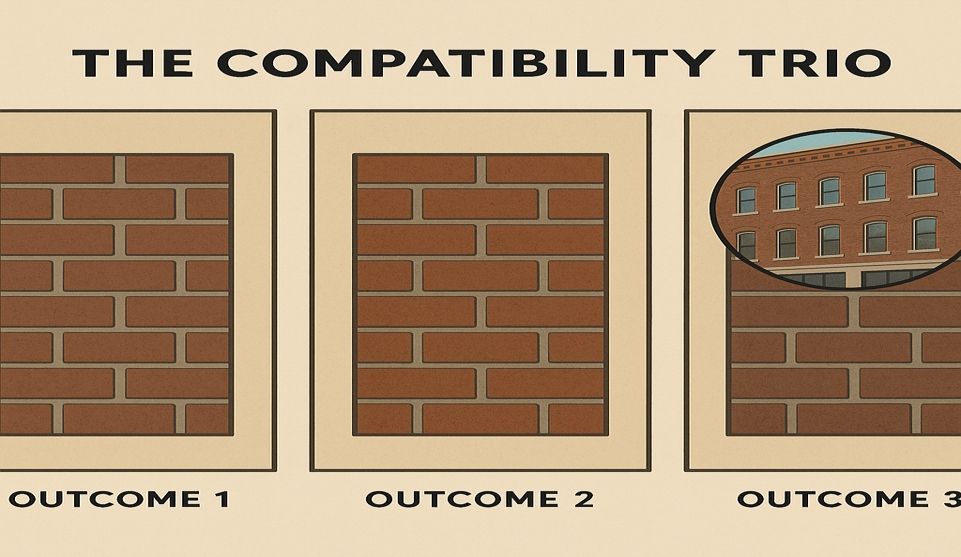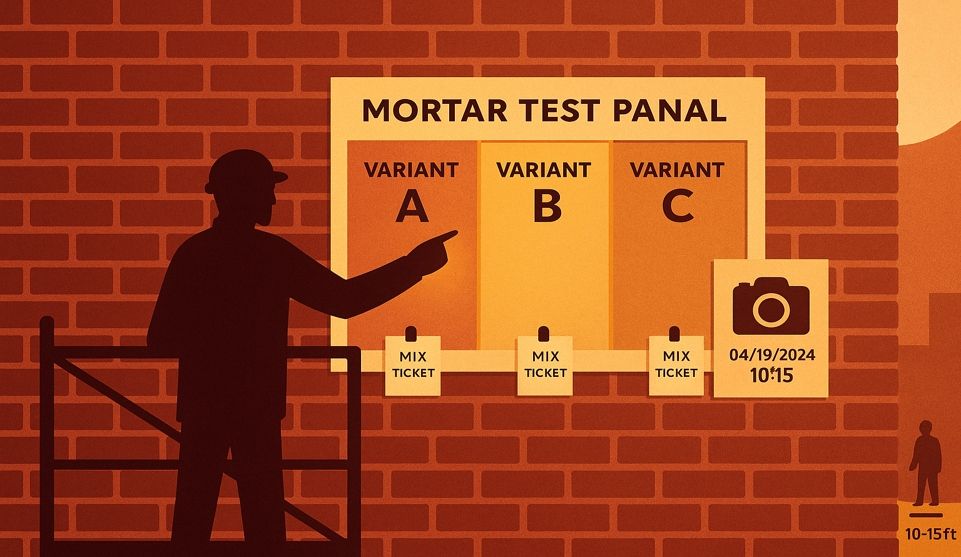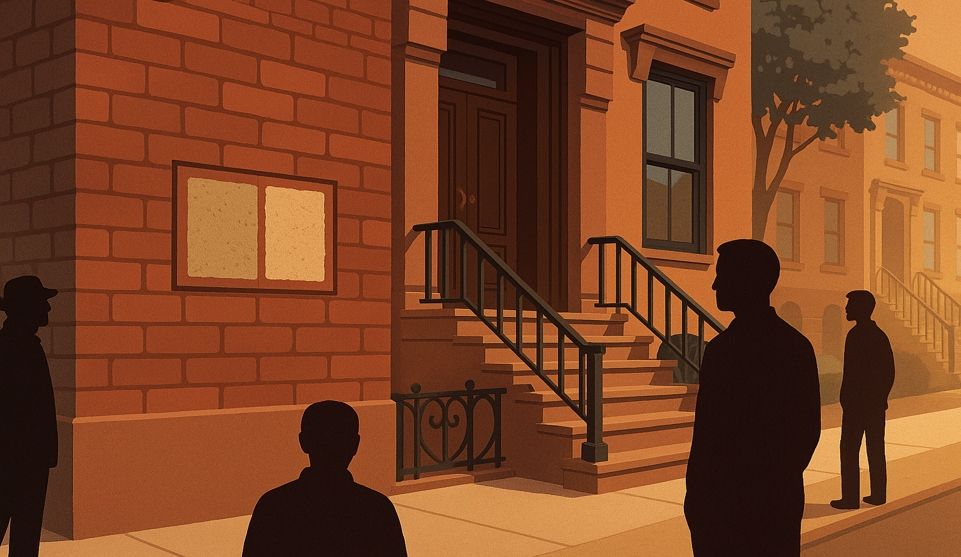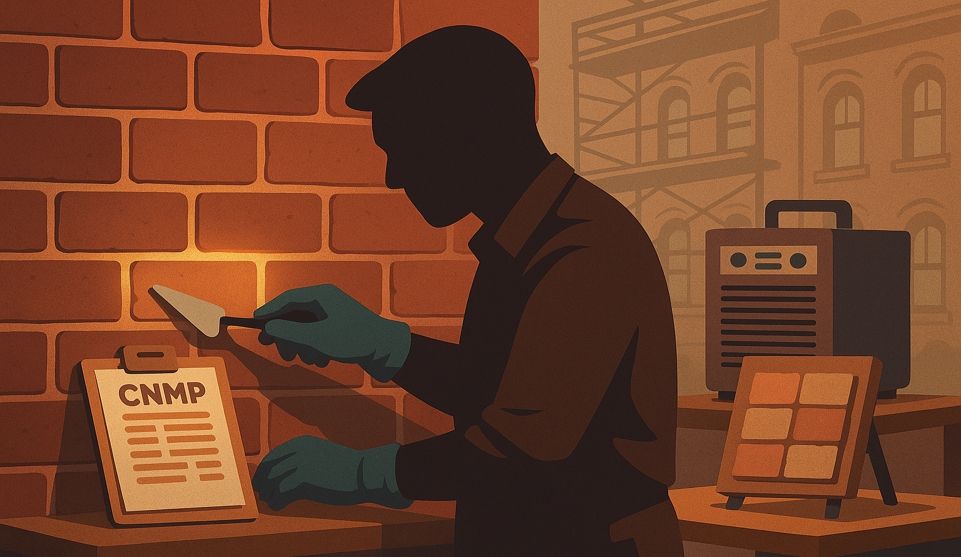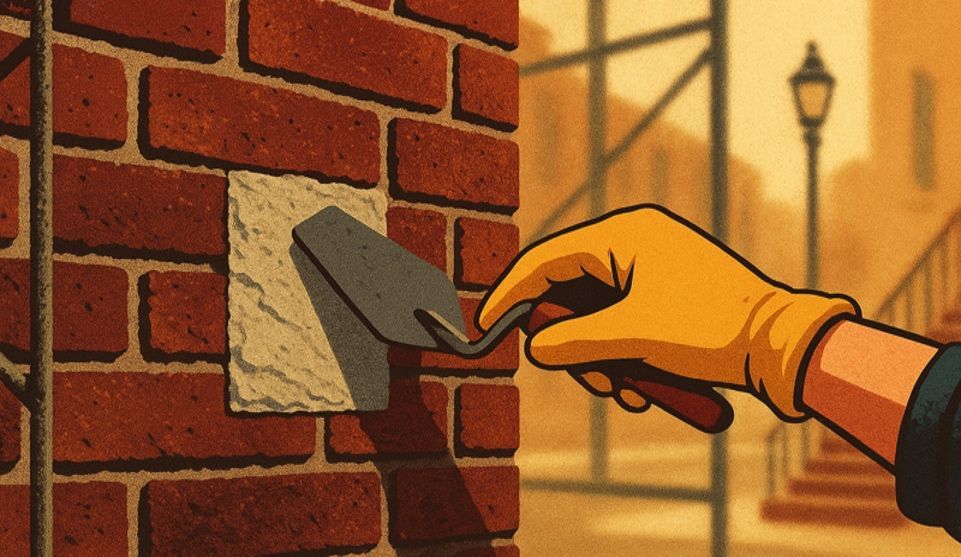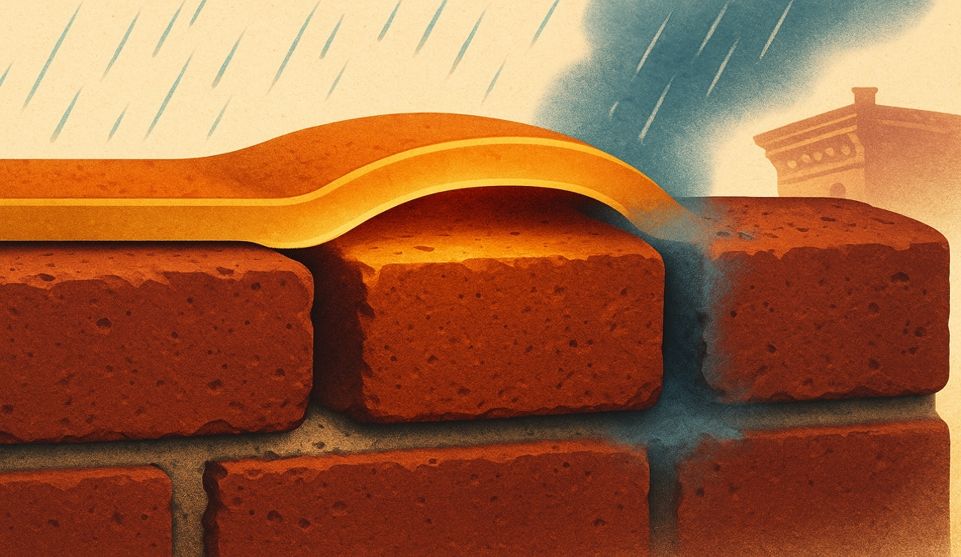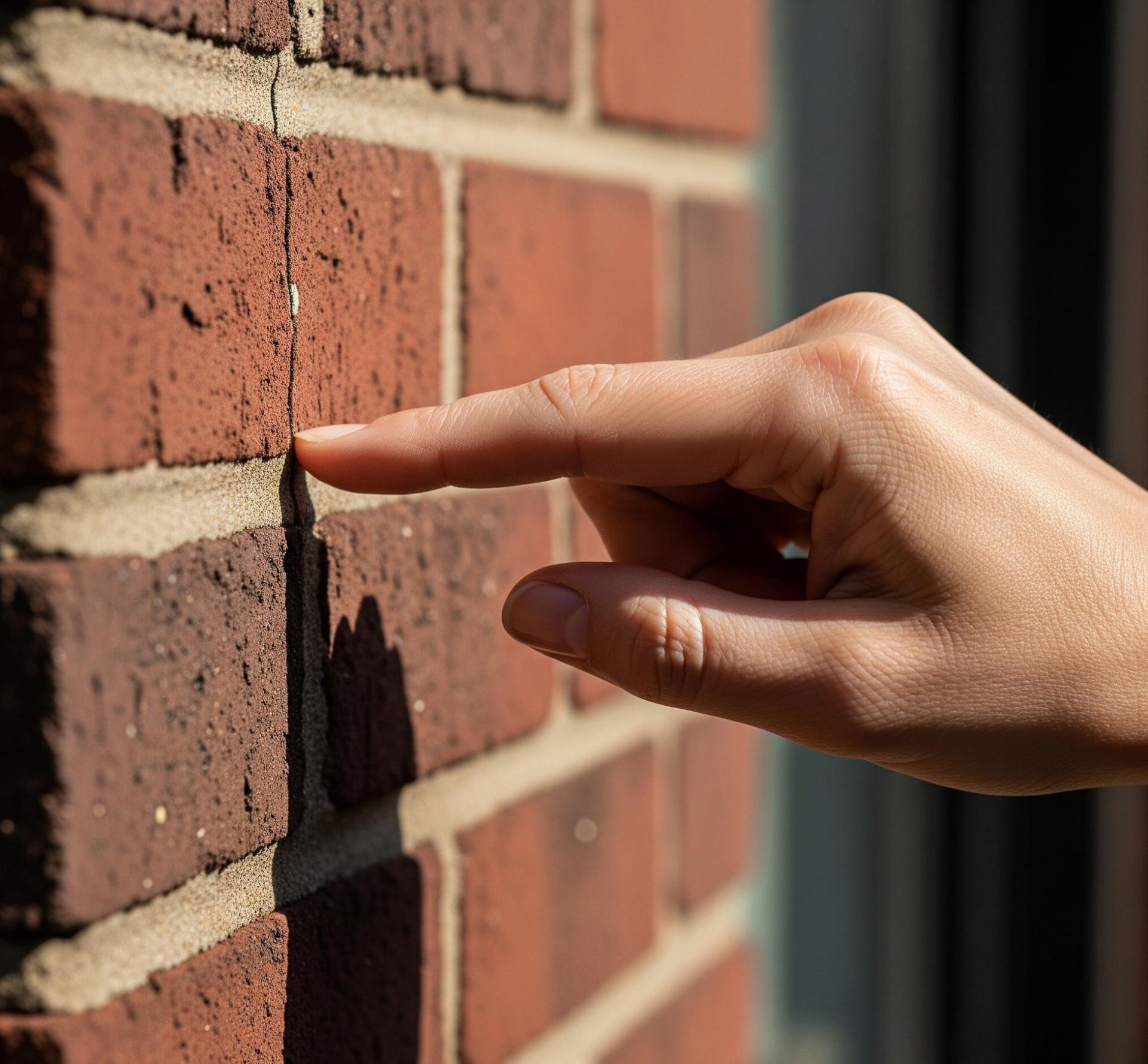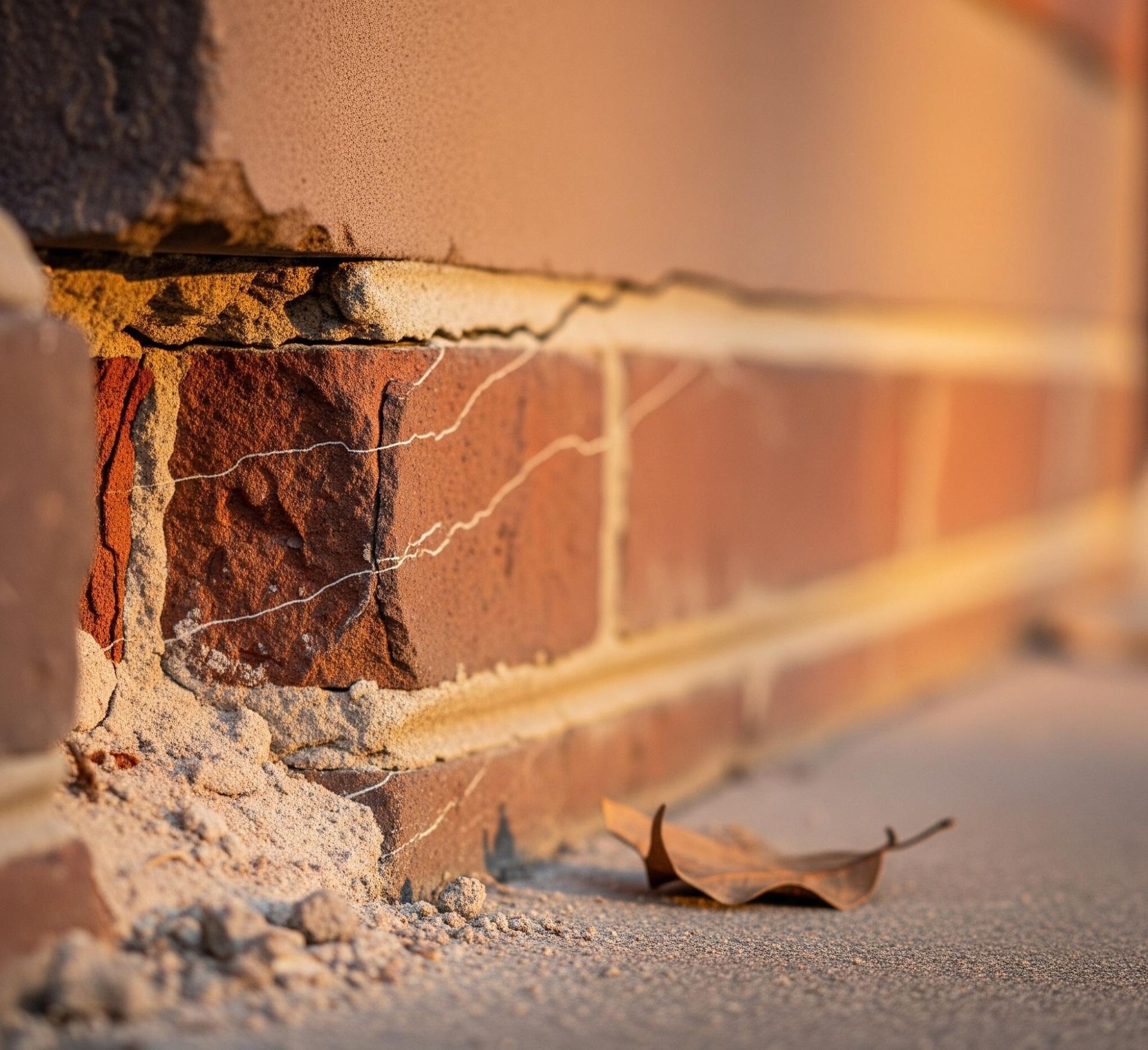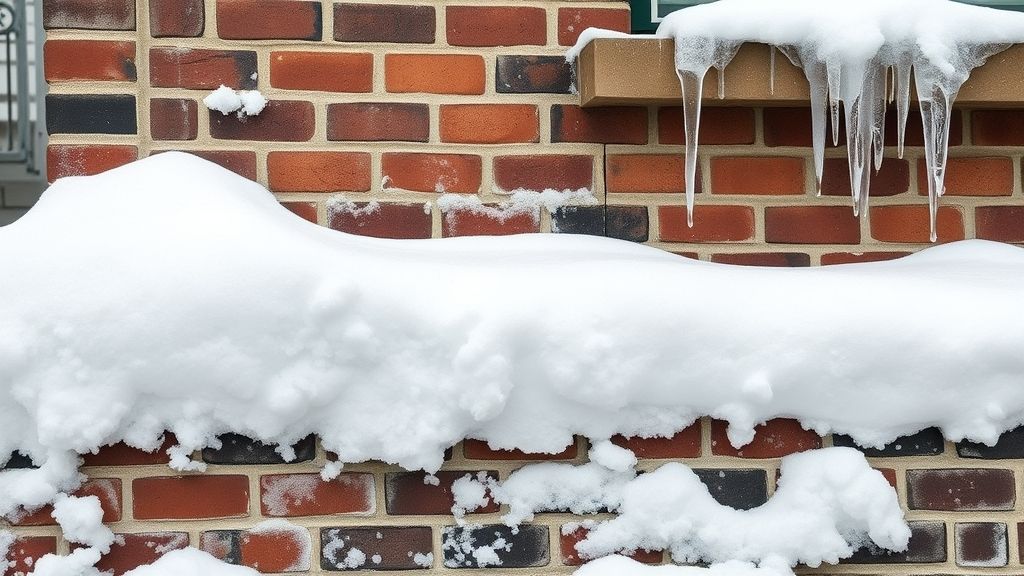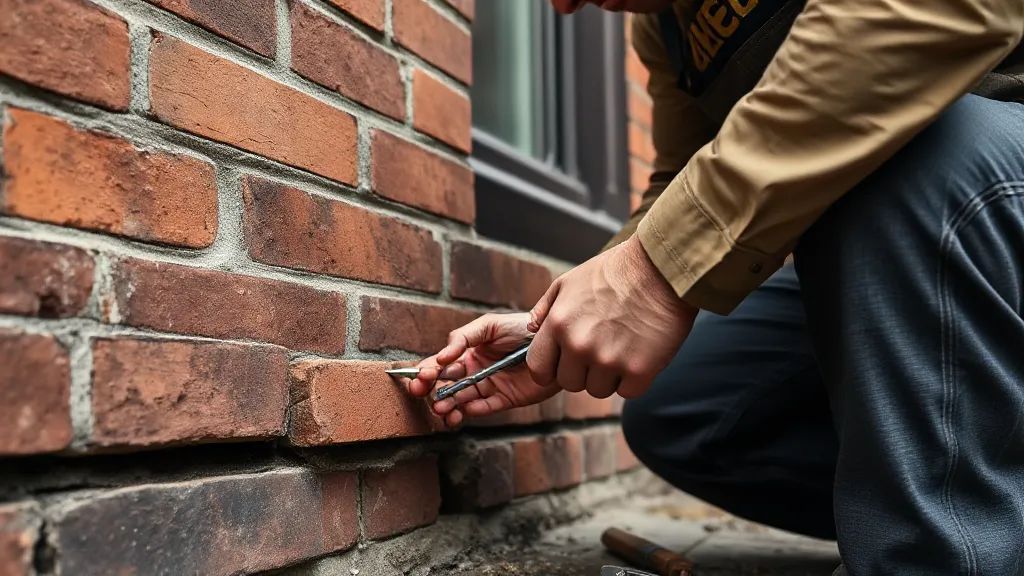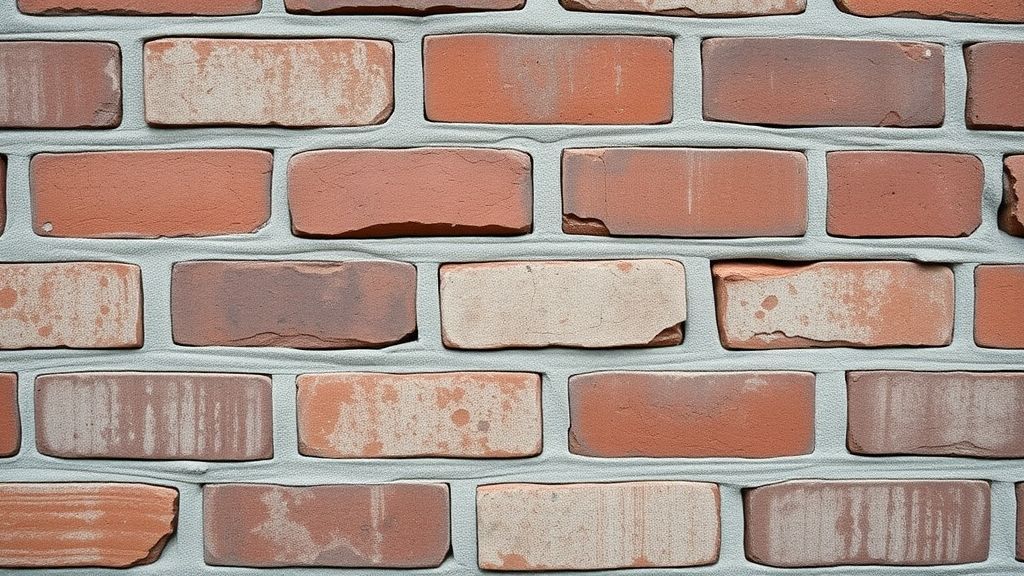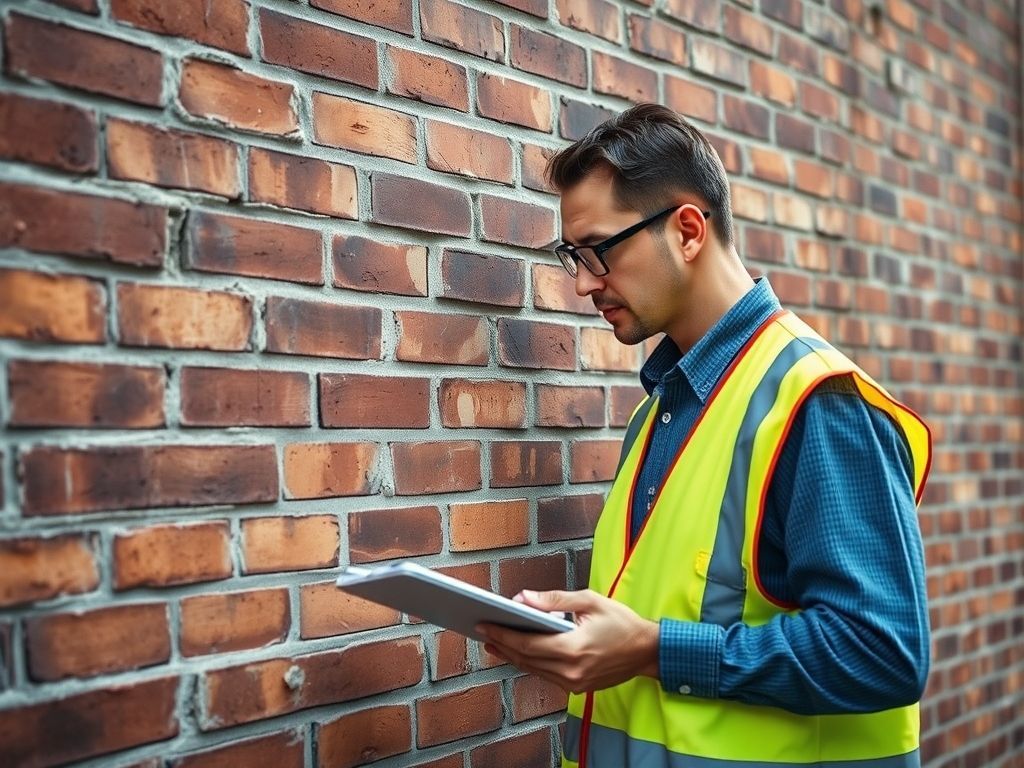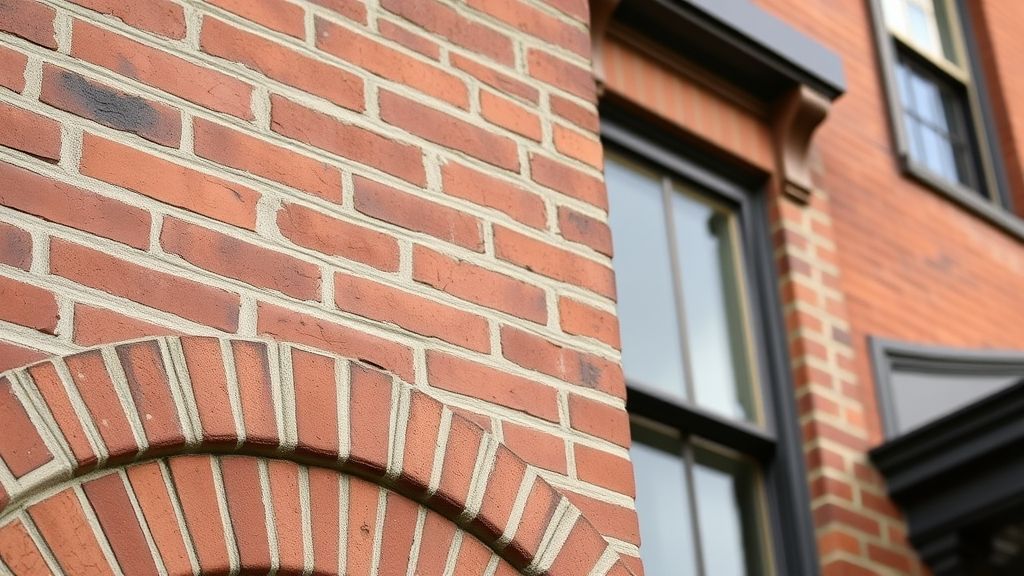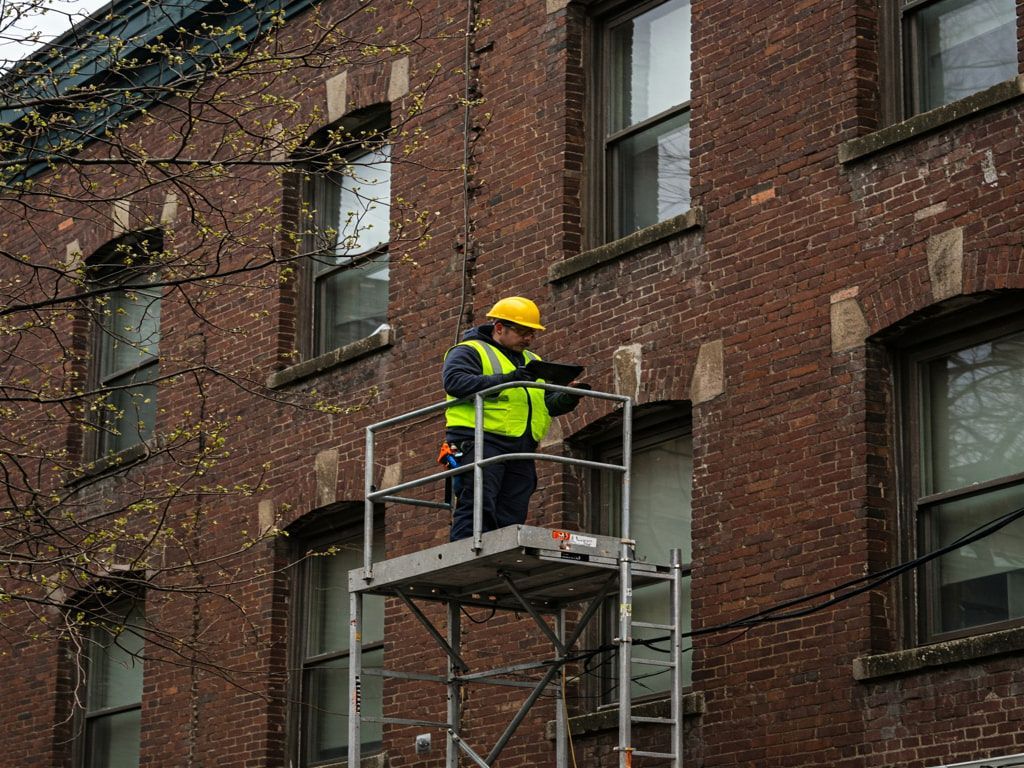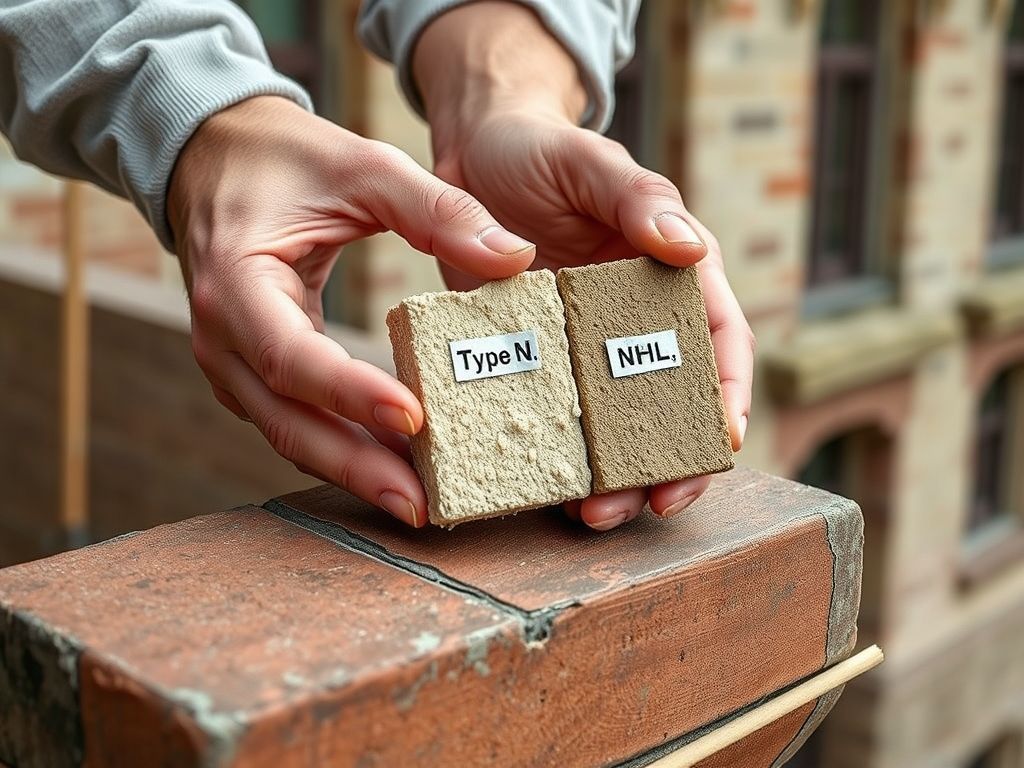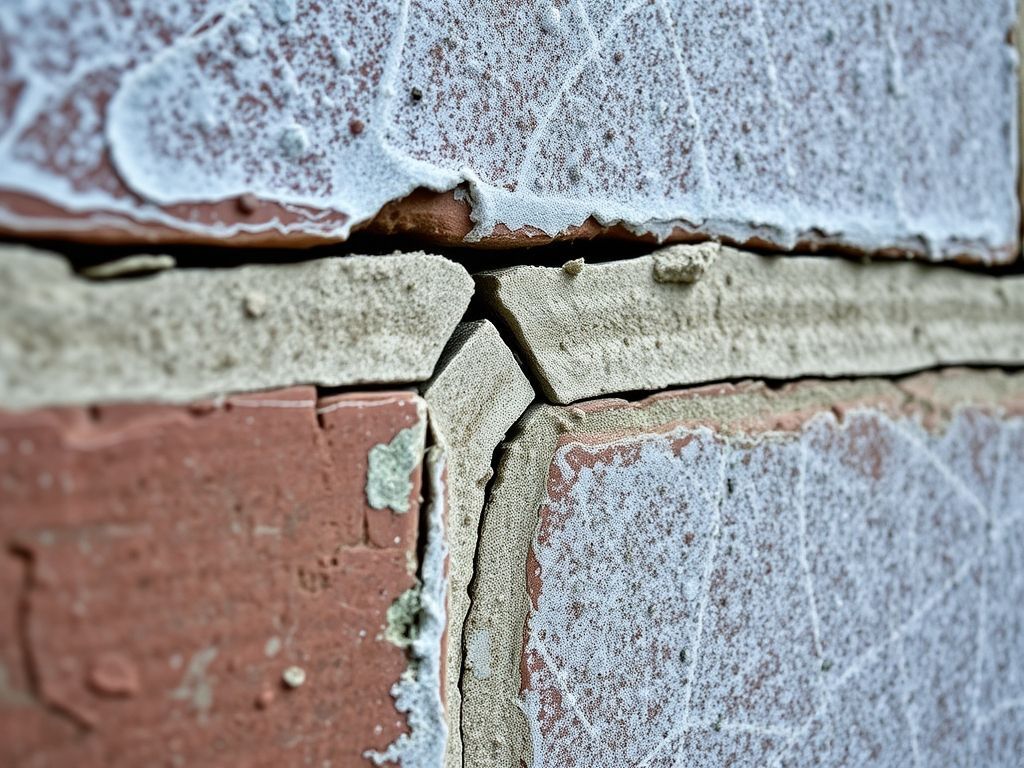How to Hire a Historic Masonry Contractor in Brooklyn: An Eight-Point Vetting Checklist
📌 Key Takeaways
The 8-Point Vetting System Transforms Hiring Anxiety into Confident Decision-Making: This comprehensive checklist provides specific questions to ask potential contractors, from verifying local historic portfolio examples to confirming proper licensing and insurance, giving homeowners systematic control over what can feel like an overwhelming selection process.
Material Knowledge Separates True Specialists from General Contractors: The most revealing question focuses on mortar composition—qualified historic masonry contractors should immediately explain why lime-based mortars (not modern cement) are essential for older Brooklyn homes and may request to examine existing materials before recommending solutions.
Communication Style Predicts Project Success: A contractor's responsiveness and clarity from the first interaction typically indicates their professionalism throughout the entire project—making early communication assessment a critical vetting component often overlooked by homeowners.
Detailed Quotes Prevent Costly Surprises: Professional contractors provide itemized breakdowns including labor, materials, and potential contingencies, while vague estimates like "masonry repair: $8,000" offer no protection against unexpected costs or scope changes.
Red Flags Include Missing Local Portfolio and Immediate Modern Solutions: Warning signs include contractors who cannot provide examples of similar-era buildings in Brooklyn or who suggest cement-based repairs without examining existing historic materials first.
This systematic approach empowers historic homeowners to evaluate contractors using the same professional criteria that preservation specialists employ, transforming an anxious decision into a confident investment in their property's long-term integrity and value.
You've got three contractor names written on a piece of paper. Maybe a neighbor recommended one, or you found another through an online search. But here's the thing—you're staring at those names, and that familiar knot in your stomach is telling you what you already know: choosing the wrong person could turn your historic Brooklyn brownstone into an expensive nightmare.
This isn't just about finding someone to fix some bricks. Your home represents decades (or maybe a century) of craftsmanship, and one wrong decision could damage something irreplaceable. The anxiety you're feeling? It's completely justified. Historic masonry work requires specialized knowledge that most general contractors simply don't possess.
The difference between a qualified historic masonry specialist and a regular contractor can mean the difference between preserving your home's integrity for generations—or watching it slowly deteriorate because someone used the wrong mortar mix or technique.
Here's what makes this decision so critical: Historic Brooklyn homes require specific lime-based mortars and preservation techniques. A contractor who doesn't understand this distinction might suggest modern cement-based solutions that can actually cause more damage over time.
Long-Term Value For many families, the real question isn't just about the initial quote, but what the cost of getting it wrong looks like down the road. A proper restoration protects your investment for decades, while inadequate work often leads to more extensive repairs.
Expert Q&A
Question: What questions should I ask a masonry contractor in Brooklyn?
Answer from the City Suburb Insights Team: "Focus on three key areas: their specific experience with historic homes in your neighborhood, their knowledge of appropriate materials for older buildings, and their preservation approach. A qualified contractor should understand the importance of using compatible mortars and be able to provide examples of similar work they've completed."
The 8-Point Vetting Checklist for Your Brooklyn Historic Home
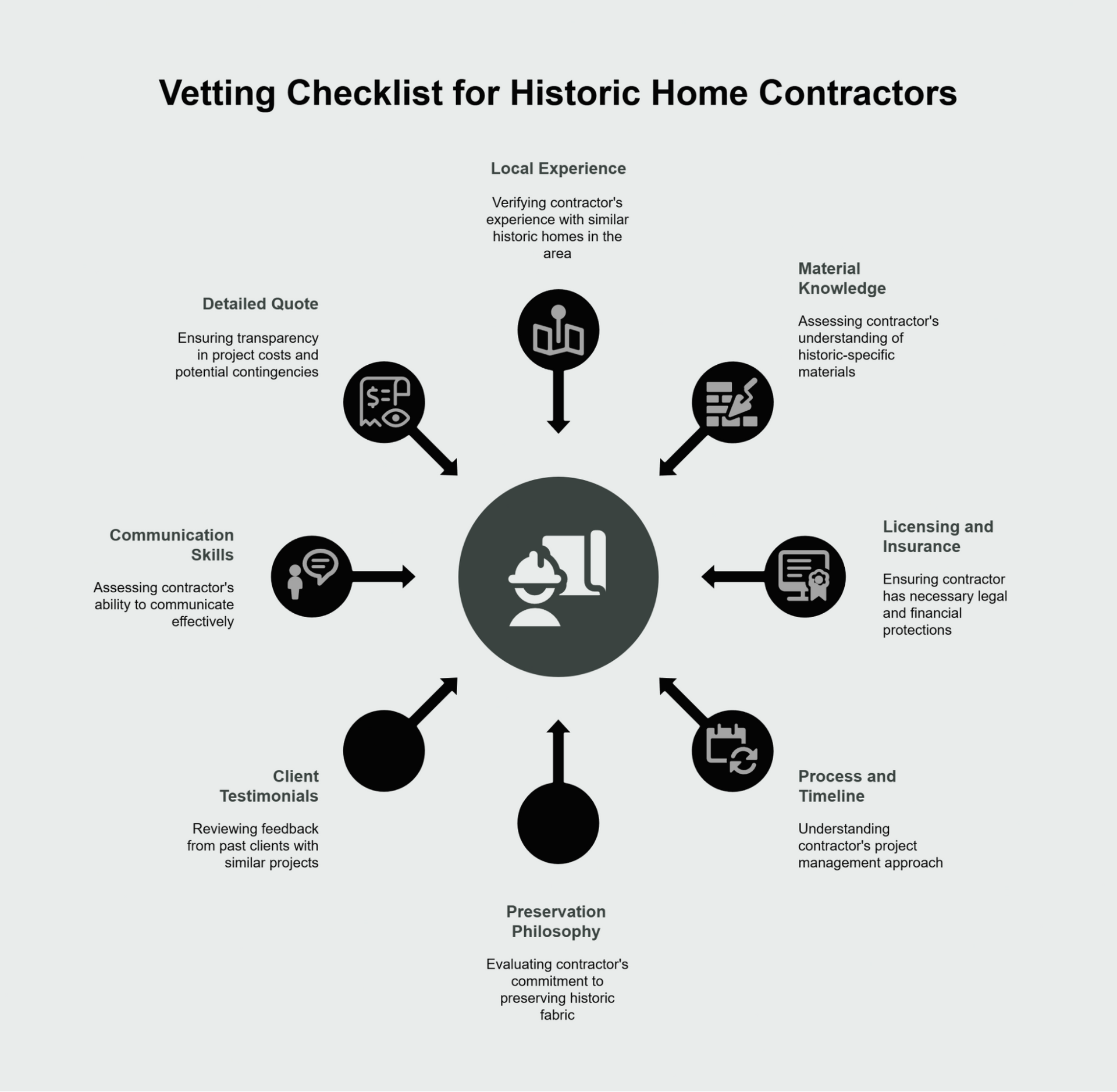
Print this checklist and bring it to every contractor consultation. Each point includes specific questions designed to separate true specialists from general contractors who might be in over their heads.
1. Verify Local, Historic-Specific Experience
Ask: "Can you provide a portfolio of similar-era homes you've worked on in Brooklyn?"
A qualified historic masonry contractor should immediately understand why this question matters. Brooklyn's historic districts contain buildings from different eras, each requiring specific approaches. Someone who's worked on older brownstones will understand the unique challenges these buildings present.
What to look for: Photos of completed work on buildings from your home's era, preferably in your area. Be wary of contractors who show you mostly new construction or commercial work.
🚩 Red flag: If they can't provide local examples or seem confused about why the building's age matters.
2. Assess Their Knowledge of Materials
Ask: "What type of mortar mix do you recommend for my home's age and brick type, and why?"
This question reveals whether they understand the fundamental difference between historic and modern masonry approaches. Historic buildings require softer, lime-based mortars that allow the building to move and breathe naturally.
The correct approach: They should explain that historic buildings need lime-based mortars (not modern cement) and may ask to examine your existing mortar to determine the proper mix ratio.
🚩 Red flag: Immediate suggestions of modern cement-based solutions without examining your existing materials.
3. Confirm Licensing and Insurance
Ask: "Can you provide your NYC Home Improvement License number and proof of liability and workers' compensation insurance?"
This isn't just about paperwork—it's about professionalism and protection. A contractor who takes their business seriously will have these documents readily available.
What you need: Current NYC Home Improvement License, general liability insurance, and workers' compensation coverage. Don't just ask—request to see the actual certificates.
4. Understand Their Process and Timeline
Ask: "What are the steps in your process, from prep to cleanup, and what is the expected timeline?"
A professional contractor should outline a clear methodology. For historic work, this includes careful documentation, gentle removal techniques, and proper curing time for new mortar.
Look for: Mention of protective measures for your property, dust control methods, and realistic timelines that account for weather and curing requirements.
5. Inquire About Their Preservation Philosophy
Ask: "How do you approach repair vs. replacement to preserve as much of the original historic fabric as possible?"
This question gets to the heart of historic preservation. The right contractor views their role as a steward of history, not just someone fixing problems.
The right answer: They should emphasize repair over replacement whenever possible and explain how they determine when original materials can be saved versus when replacement is necessary.
6. Review Past Client Testimonials and References
Ask: "May I contact a few recent clients whose projects were similar to mine?"
A contractor confident in their work will gladly provide references. More importantly, they should be able to connect you with clients who had similar projects (historic homes, not new construction).
As one recent client shared: "City suburb did a roof repair, gutter replacement and tuck pointing for my 2 story brick house. They are very professional and easy to communicate with. I highly recommend them for these types of job." This type of feedback emphasizes both technical competence and professional communication—both essential for a successful project.
7. Evaluate Their Communication and Professionalism
Ask: "Who will be my primary point of contact, and how will you keep me updated on the project's progress?"
A key, yet often overlooked, part of vetting is assessing their communication style from the very first interaction. A contractor who is responsive and clear from the first call is likely to maintain that professionalism throughout the entire project.
What matters: Clear communication channels, regular update schedules, and someone who explains technical aspects in understandable terms.
8. Get a Detailed, Itemized Quote
Ask: "Can you provide a detailed quote that breaks down the costs for labor, materials, and any potential contingencies?"
Vague estimates often lead to surprise costs later. A professional quote should detail specific materials, labor hours, and account for potential complications that might arise during historic restoration work.
Peace of Mind A detailed quote isn't just about money—it's about establishing clear expectations. When working on a historic home, unforeseen issues can arise (like discovering structural problems behind deteriorated masonry). A good contractor will discuss these possibilities upfront and explain how they'll handle them.
Myth & Fact
Myth: "Hiring any masonry contractor is fine; specialized knowledge for historic buildings isn't necessary."
Fact: Historic Brooklyn homes require specific, softer, lime-based mortars. Using modern, hard cement can cause irreversible damage to the old brick, turning a simple repair into a costly structural problem. A true specialist understands this critical difference.
Common Pitfalls to Avoid When Hiring a Masonry Contractor
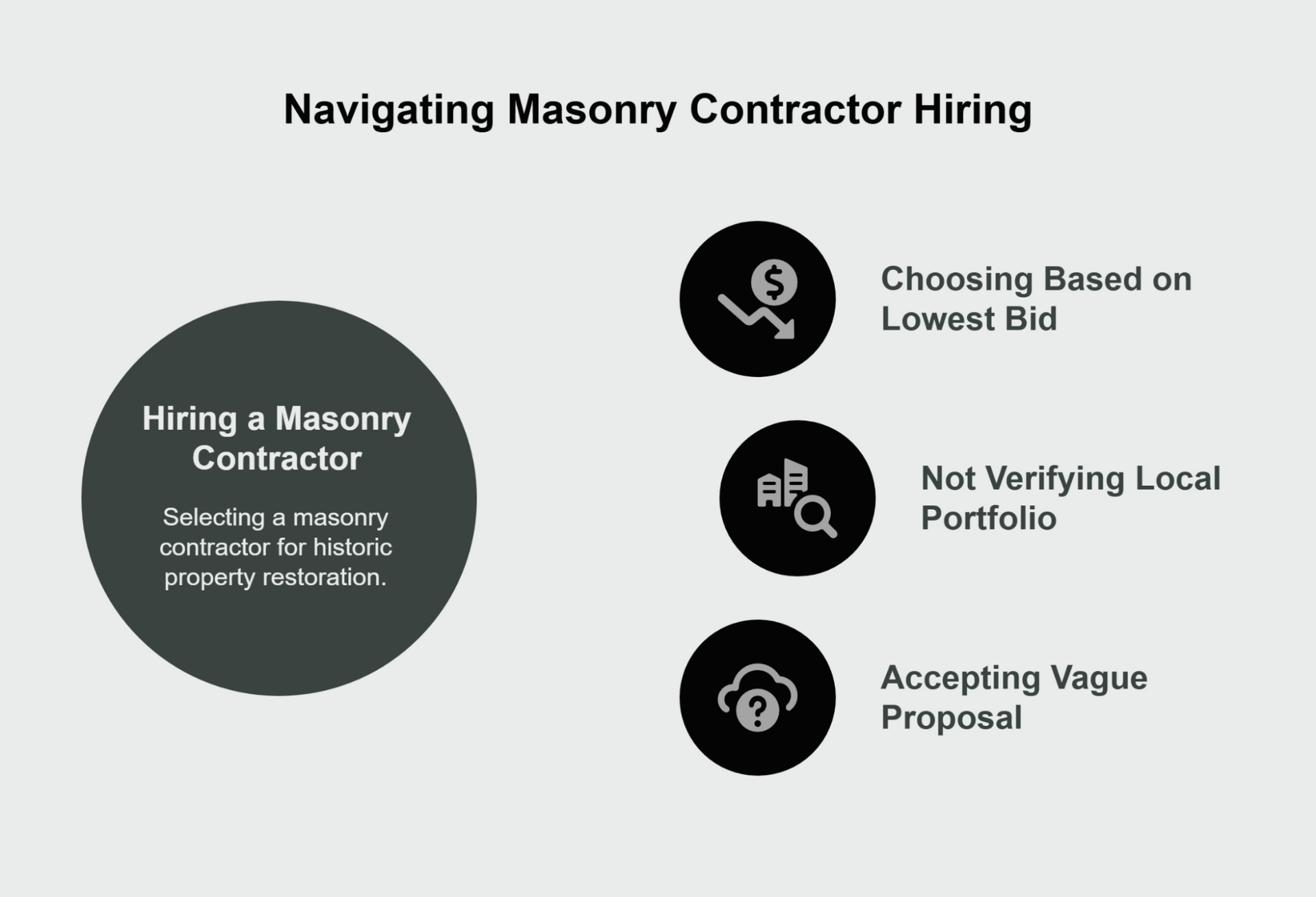
Even with a solid checklist, certain mistakes can derail your project before it starts. Here are the most common traps that catch well-intentioned homeowners.
Pitfall #1: Choosing Based on the Lowest Bid Alone
The cheapest option often becomes the most expensive in the long run. When dealing with historic properties, cutting corners on materials or expertise typically leads to problems that require complete re-work.
Instead, focus on value—which contractor offers the best combination of expertise, materials, and long-term warranty for a reasonable price?
Pitfall #2: Not Verifying Their Local Portfolio
A contractor might have excellent general masonry skills but lack specific experience with Brooklyn's historic building stock. Different neighborhoods, different eras, and different building techniques all matter when it comes to proper restoration.
Always insist on seeing local examples from buildings similar to yours in age and construction type.
Pitfall #3: Accepting a Vague, Non-Itemized Proposal
"Masonry repair: $8,000" tells you nothing about what you're actually getting. Without detailed breakdowns, you have no way to evaluate whether the price is fair or understand what's included (or what might cost extra later).
What If...? Planning for a Disagreement on Approach
Even after careful vetting, you might encounter a situation where your chosen contractor suggests an approach that doesn't align with your preservation goals. This is particularly common when structural issues are discovered during the work.
Step 1: Ask for a detailed explanation of why they're recommending a particular approach. A good contractor should be able to explain both the technical reasoning and the long-term implications.
Step 2: Request alternative options. Often, there are multiple ways to address a problem—some more preservation-friendly than others.
Step 3: Consider getting a second opinion for major changes. For significant modifications to the original plan, especially those involving replacement of historic materials, it's worth consulting with another preservation specialist.
Style Note Brooklyn's historic neighborhoods are increasingly recognized as architectural treasures. When you invest in proper restoration using period-appropriate techniques, you're not just maintaining your home—you're contributing to the neighborhood's character and, ultimately, your property's long-term value and prestige.
A Question You Should Be Asking
The Unasked Question: "What is your team's approach to dust control and site protection during the project?"
Why It Matters: Grinding out old mortar creates significant dust that can affect your furnishings, air quality, and neighbors if not properly managed.
The Expert Answer: Professional contractors should have established protocols for minimizing dust and protecting your property during the work. They should also coordinate with you about protecting specific areas of your home and provide advance notice to neighbors about potential dust and noise.
Conclusion: From Anxious Homeowner to Confident Preservationist
That piece of paper with three contractor names doesn't have to feel overwhelming anymore. Armed with this 8-point checklist, you're no longer at the mercy of smooth sales pitches or impressive-sounding websites. You have a systematic way to evaluate each candidate based on what actually matters for your historic Brooklyn home.
The transformation is significant: You've moved from feeling anxious and uninformed to being equipped with the same criteria that preservation professionals use when selecting contractors. You understand the critical questions to ask, the red flags to watch for, and the standards that separate qualified specialists from general contractors.
As Kim R. shared about her experience: "Ravi and his crew were very professional, organized, punctual and tidy. They did an amazing job on my home. I would definitely use City Suburb again as well as recommend them." This type of confidence—knowing you've chosen someone who will treat your home with the care it deserves—is exactly what this vetting process is designed to achieve.
Looking ahead: The expertise you're developing through this process positions you to become a valuable resource for your neighbors facing similar preservation challenges. Many historic homeowners in Brooklyn become informal preservation advocates, sharing their knowledge and helping protect the architectural character that makes these neighborhoods special. The foundation you're building today—understanding what makes a qualified historic masonry contractor—will serve you well in that future role.
Ready to put this checklist to use? Schedule your free on-site inspection with qualified masonry contractors in Brooklyn, NY who understand the unique requirements of historic preservation work.
Our Editorial Process
This tutorial was drafted with AI assistance and has been reviewed, fact-checked, and edited by the expert humans on our Insights Team to ensure accuracy and clarity.
By the City Suburb Insights Team
The City Suburb Insights Team is our dedicated engine for synthesizing complex topics into clear, helpful guides. While our content is thoroughly reviewed for clarity and accuracy, it is for informational purposes and should not replace professional advice.

